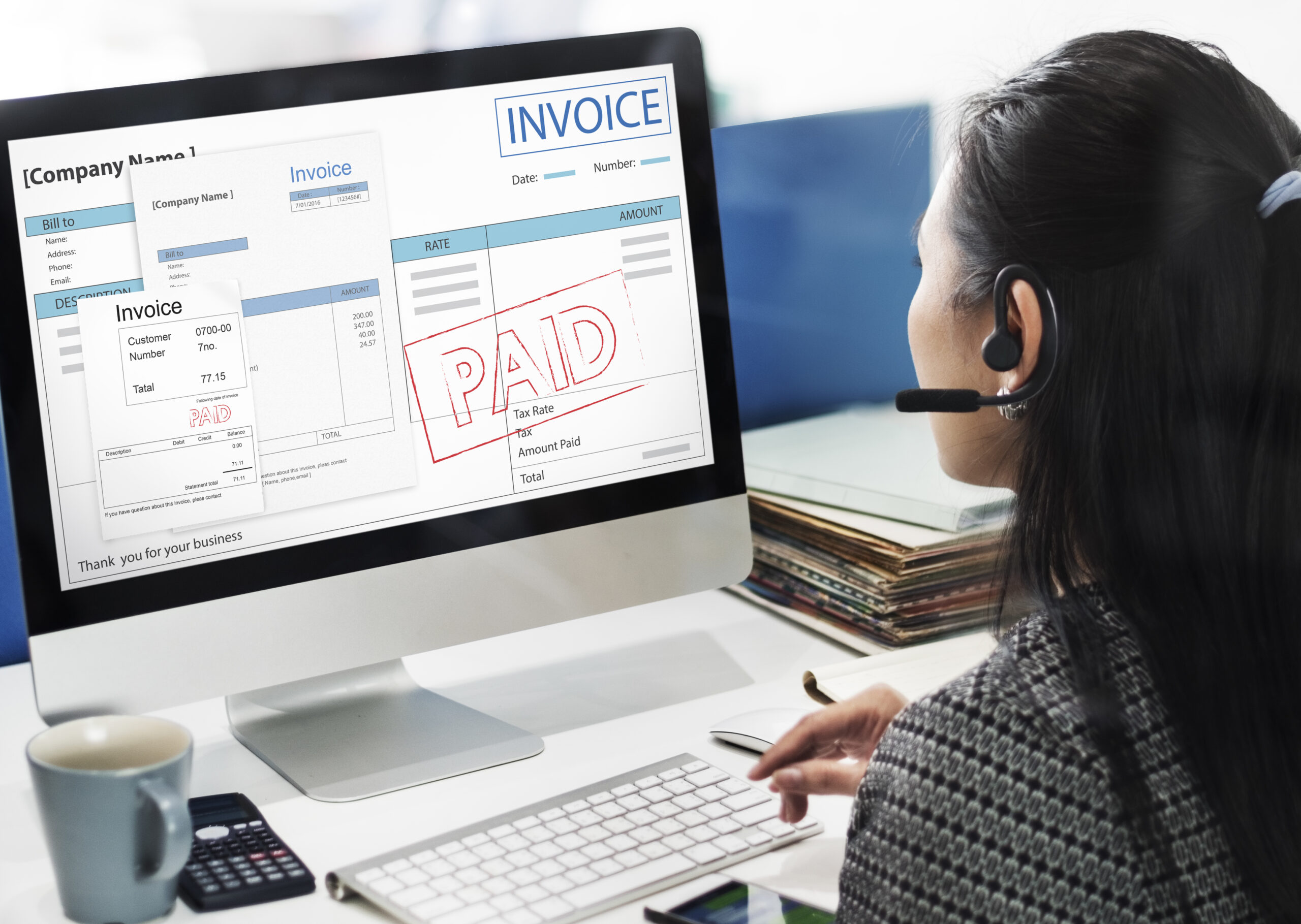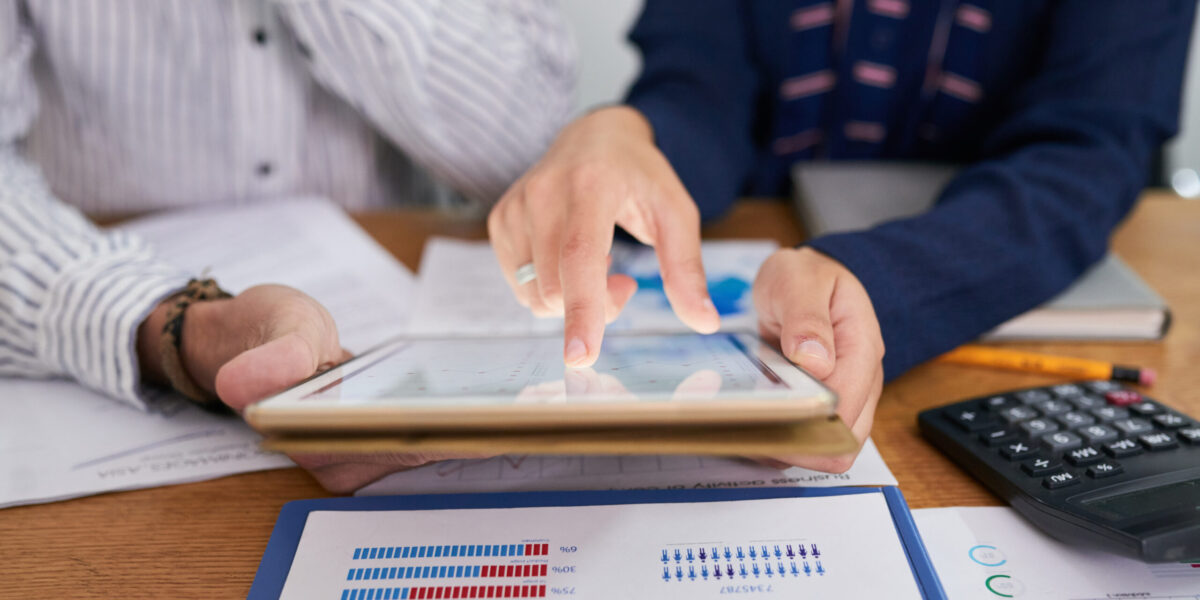In Part 1, we explored the difference between Procure-to-Pay (P2P) and Accounts Payable (AP). In Part 2, we outlined the essential elements that drive successful AP transformation.
Now in Part 3, we take a closer look at what happens after a purchase order is raised and goods/services are received. This is where the real engine of the AP process begins to turn. Let’s walk through the key milestones that ensure smooth, timely, and accurate payments.
Invoice Receipt – The Starting Point
Once the goods or services are delivered, the supplier sends an invoice. Depending on your existing P2P setup, these invoices may arrive via email, EDI, supplier portals, or physical mail. The challenge at this stage is standardization – ensuring that every invoice, no matter how it arrives, is captured into the system promptly and accurately.
Invoice Indexing and Validation – Ensuring Accuracy
After receipt, the invoice is indexed – categorized and tagged with key details such as the supplier’s name, PO number, invoice date, and amount.
Validation follows immediately, ensuring:
∙ The PO number is valid
∙ Quantities and rates match the PO and goods receipt
∙ Supplier information is correct
Only clean, accurate invoices move forward in the process, reducing delays and rework.
Invoice Processing – Routing for Action
Once validated, the invoice moves into the processing stage. Here, it is routed for approval based on your business rules.
Examples include:
∙ PO-matched invoices routed for automated checks
∙ Non-PO invoices sent to appropriate stakeholders for review
Efficient routing at this stage helps reduce manual touchpoints and accelerates processing time.
Invoice Approval – Building Accountability
The invoice now goes through an approval process. Department heads, finance managers, or cost centre owners validate and approve the invoice.
With modern tools, this step is enhanced through:
∙ Automated alerts and reminders
∙ Mobile-friendly approval workflows
∙ Transparent audit trails
This step brings accountability and improves control over company spending.
Invoice Posting – Making It Official
Once approved, the invoice is posted to the accounting system. This creates: ∙ A liability in your financial records
∙ Updated vendor balances
∙ A record ready for scheduled payment
Timely posting ensures your financial data remains accurate and reliable for reporting.
Invoice Payment – Closing the Loop
At the final stage, the invoice is scheduled for payment per the agreed terms (e.g., Net 30, Net 60). Payments may be made via bank transfer, cheque, or digital platforms. A well-structured payment process helps:
∙ Strengthen supplier relationships
∙ Avoid penalties or late fees
∙ Capture early payment discounts where applicable
This is where the P2P cycle is completed, transforming procurement into financial impact. Ready to Take the Next Step? Try Our Free P2P Assessment
At Right Path, we understand that every transformation journey is unique. To help you get started, we offer a free Procure-to-Pay (P2P) assessment that reviews your current processes, highlights improvement opportunities, and provides actionable recommendations tailored to your business.
Explore our website to learn more and claim your free assessment today. Let’s move your AP from complexity to clarity- and turn it into a true driver of business growth.
Follow us on LinkedIn




